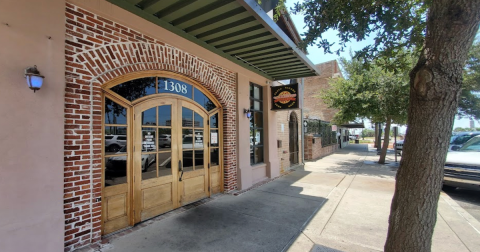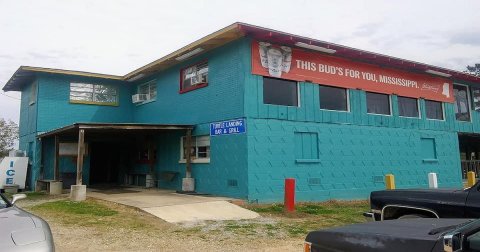10 Places In Mississippi Where Deadly Evidence Of War Remains
Civil War history is abundant in Mississippi. During what is considered to be the darkest hour in our nation’s past, the state experienced the effects of war firsthand. And while the war took place well over a century ago, evidence of it is still scattered throughout Mississippi via countless battlefields, monuments, and cemeteries. So, check out the list below for places in our state where evidence of war can still be seen to this day.
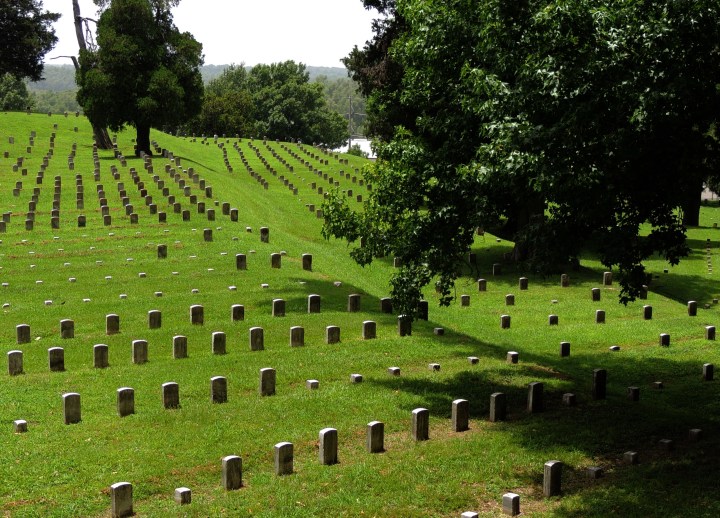
The 116-acre cemetery holds the remains of tens of thousands of Civil War Union soldiers, more than any other national cemetery. After the creation of this cemetery, expansive efforts were made by the War Department to ensure that the graves of all soldiers were marked; however, due to insufficient information they were unable to do so, leaving about 75% of the graves to be listed as "unknown."

Added to the National Register of Historic Places, the Natchez National Cemetery serves as the final resting place for numerous soldiers. During the Civil War, the city of Natchez surrendered pretty early on, so the town itself didn’t experience much damage; however, that doesn’t mean residents didn’t experience the effects of the war. Home to a military hospital for federal troops, the town saw its fair share of casualties.
Advertisement
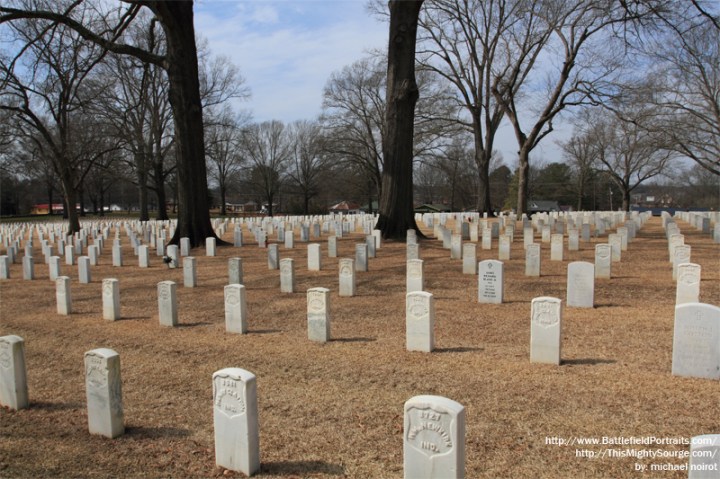
The city of Corinth played a vital role during the Civil War. Because of the city’s impressive railroad system and its close proximity to ports on the Tennessee River, it was seen as an extremely valuable asset and desired by both northern and southern leaders. Initially, the Corinth National Cemetery was established to serve as a burial site for all the lives lost in one of the state’s bloodiest battles, the Battle of Corinth.
Advertisement
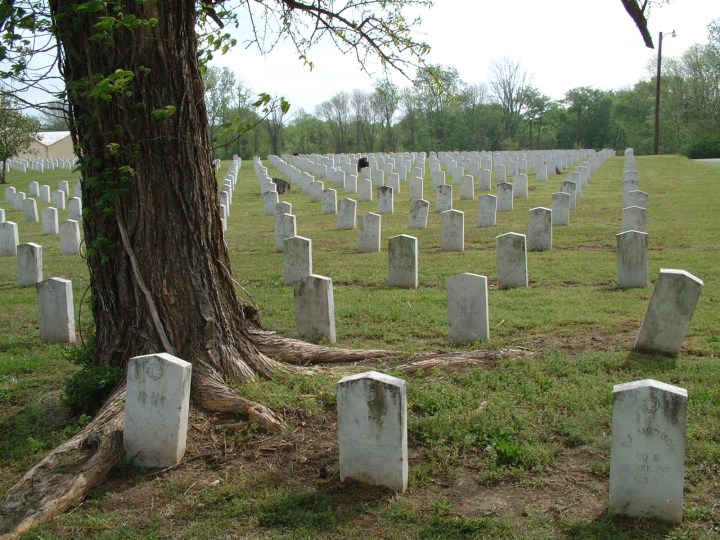
Located in Okolona, the Confederate Cemetery is the final resting place for hundreds of Confederate soldiers. Two factors attributed to the city of Okolona’s importance during the Civil War – the city was equipped with a large hospital and it was easily accessible by train. Following the Battle of Shiloh, numerous injured troops were transported to the city’s hospital via the railroad, and it is a majority of these soldiers that are buried in this cemetery.
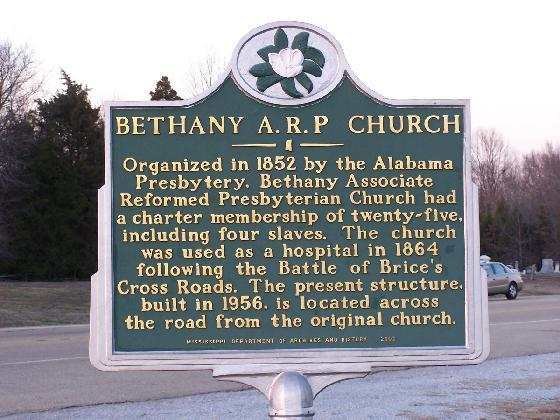
The Battle of Brice’s Crossroads was a significant victory for the Confederacy, but that doesn’t mean it was any less deadly. In order to commemorate the Confederate soldiers who lost their lives in the infamous battle, a section of the cemetery at Bethany A.R.P. Church was used to bury these brave men. Nearly 100 grave markers stand as a reminder of the great bravery exhibited during that battle.
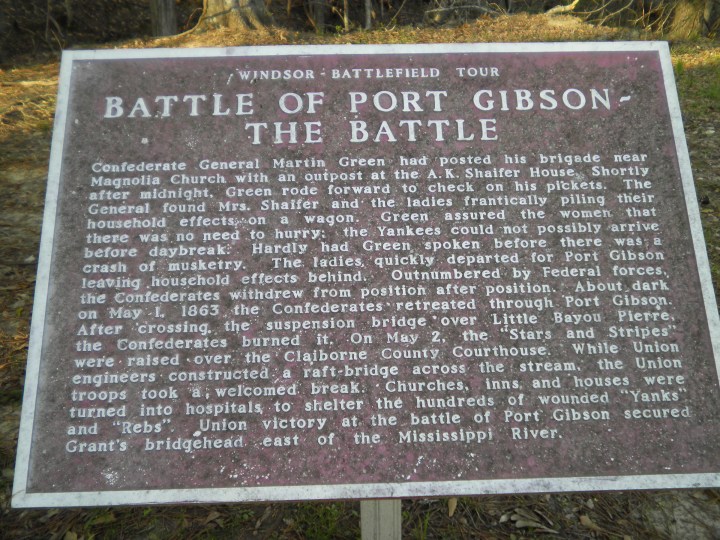
The 1863 Battle of Port Gibson was an essential part of the Vicksburg Campaign as well as a turning point for the Confederacy. The Union’s victory meant that occupying Vicksburg was a viable option, and it also signified the Confederate’s inability to defend the Mississippi River. Resulting in over 200 deaths of both Union and Confederate soldiers, the Port Gibson Battlefield is an important reminder of the sacrifices made during war.
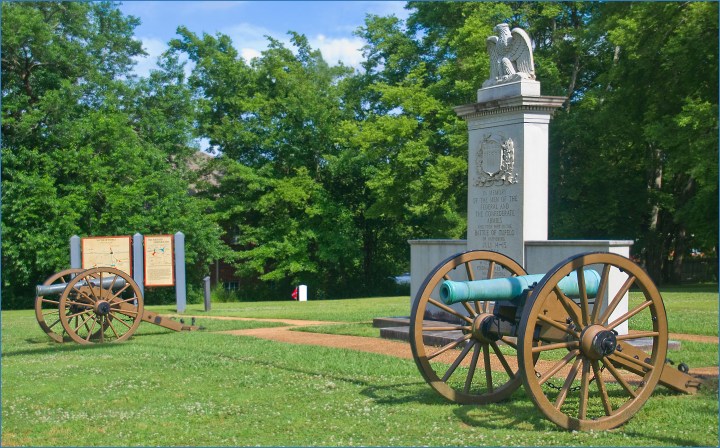
The last major battle of the Civil War to take place in Mississippi, the Battle of Tupelo followed the deadly Battle of Brice’s Cross Roads. An extremely bloody fight, this battle greatly aided in ensuring that Major General William Sherman’s Georgia supply lines were protected. Sadly, the Battle of Tupelo claimed well over 1,000 lives of both Union and Confederate soldiers.
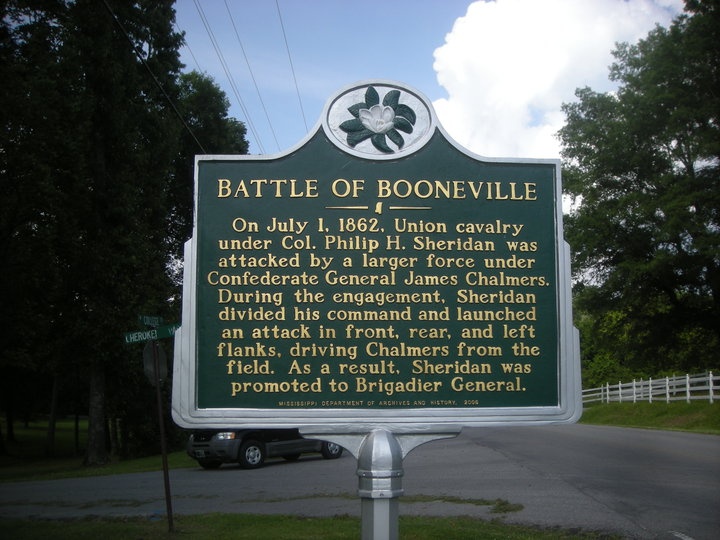
One of the first battles of the Civil War, the Battle of Booneville took place in July of 1862. The battle was not only a victory for the Union but also led to the promotion of war hero "Little" Phil Sheridan to the rank of brigadier. While the exact number of lives lost during this battle is not known, it has been reported that one Union soldier and 65 Confederate soldiers were killed; however these numbers are not widely accepted.
Advertisement

While this isn’t strictly a military cemetery, it is still the final resting place for more than 400 soldiers, a majority of whom lost their lives at the Battle of Shiloh. The Enterprise Woman’s Club, which has been responsible for managing the cemetery since the 1930’s, recently dedicated a monument to the cemetery which lists the names of 219 of the deceased.
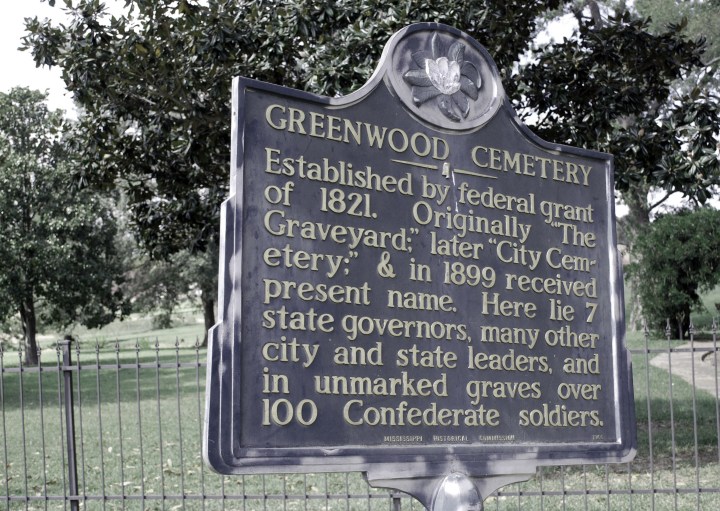
Located in the state’s capitol, Greenwood Cemetery was initially established in January of 1823. Originally only six acres, the cemetery now encompasses a twenty-two acre area. Due to the cemetery’s age, there are numerous records that are incomplete and because of such there has been difficulty identifying the occupants of the graves. This includes, but is not limited to, over 100 unmarked graves belonging to Confederate soldiers.
Visited any of these sites or have one you’d like to add to the list? Be sure to share your thoughts/pictures in the comments section below!
OnlyInYourState may earn compensation through affiliate links in this article. As an Amazon Associate, we earn from qualifying purchases.


